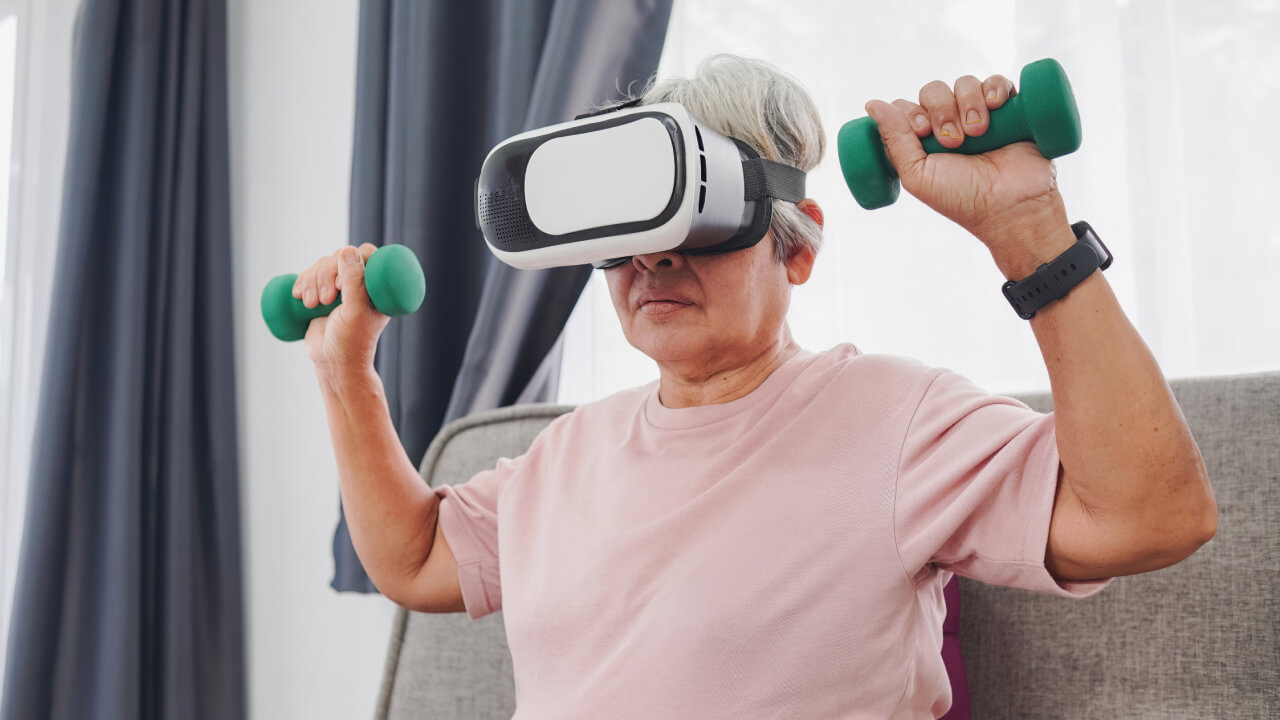A Deep Dive into Sensors, Wireless Connectivity, and Battery Management
This is the fourth article of the series: Wearable Health and Wellness Tech – Trends, Opportunities, and Considerations for Engineers
To better understand the wearable health and wellness tech landscape, we need to have a clear picture of its fundamental components. All parts of the wearable puzzle play their own role in the system, and in most cases, there’s not one without the other, as the technologies entangle and interact with each other to create feature-rich environments. However, when we discuss the truly pivotal elements that make the technology of the future possible, some things stand out.
Dive into the details and see our experts’ insight into the sensors, wireless connectivity, battery management and software that are shaping the future of wearable design.
Go to:
- The Role of Software in Wearable Tech with insight from Bruce Muff, Future Connectivity Solutions expert at Future Electronics
- Open Wireless Connectivity Standards with insight from Bill Munger, Wireless Specialist at Future Electronics
- Battery Management Challenges and Innovations with insight from Isaac Dost, Power Specialist at Future Electronics
Bruce Muff on the Role of Software in Wearable Tech
Empowering Wearables through Intelligent Software
While we’ve spent most of this series talking about hardware, we had to do a brief detour for this topic since we can’t forget to highlight the importance of software in maximizing the potential of wearables. Software engineers need to play a key role in the integration of machine learning and artificial intelligence directly into sensors, for example.
Strategic decision making in the interaction of processes with hardware, machine learning or any external communications is of utmost importance to the success of a wearable design. These decisions can greatly improve (or be an obstacle on) efficiency, cost-effectiveness, and application performance.
- Key Software Functions: Integrating machine learning and artificial intelligence.
- Decision Points: Identifying best processes for hardware, machine learning, and external communication interaction with hardware.
- Performance Goals: Achieving optimal efficiency, cost-effectiveness, and application performance.
Bill Munger on Open Wireless Connectivity Standards
Seamless Connectivity – The Path to Wearable Success
Wireless connectivity is possibly the heart of wearable devices. The more seamless the better, of course, and in this case, seamless can often mean open. Avoiding proprietary systems on your wearable systems, and opting for an open ecosystem can facilitate communications across various devices without interruptions or bumps on the road. For that reason, sticking to standards like BLE SIG profiles or adopting emerging protocols like matter could be a path to ensure succes on your systems.
A multi-radio solution, for example, combining Bluetooth and 802.15 for thread to create a universal environment that works across several devices and platforms, could align with the goal of making wearable technology universaly accessible and user friendly.
- Strategic Approach: Choose open and non-proprietary wireless connectivity standards.
- Protocol Embrace: Adoption of standards like BLE SIG and emerging protocols like matter.
- Multi-Radio Vision: Creating a universal environment for seamless cross-device communication.
Isaac Dost on Battery Management Challenges and Innovations
Navigating Battery Management
Diverse power needs mean there’s no one size fits all solution. However, we can emphasize the need for power converters for these types of applications. For example, devices with display will demand superior efficiency from power converters, maximizing performance when they’re active. For devices with intermitent transmissions, on the other hand, low quiescent current becomes crucial, as preserving battery life during dormant periods becomes a priority.
Innovative solutions, such as Nexperia’s battery booster offer clever ways to extend the lifespan of devices by smoothing the power draw on non-rechargable batteries. This type of technological developments keep improving efficiency and offering interesting potential for countless applications.
- Critical Components: Power converters tailored to different power requirements.
- Intermittent Devices: Low quiescent current for preserving battery life during dormancy.
- Innovative Solutions: Nexperia’s battery booster for non-rechargeable batteries.
Understanding the key elements of wearable technology is the quickest way forward for designers looking to get ahead in the sector. As tomorrow approaches, getting a head start today is the best way to lead the industry and enhance your projects.
Before we move on to our third article in the series: Shaping Tomorrow’s Wellness – The Engineer’s Role in the Wearable Revolution, do you have any wearable health and wellness technology projects you’d like to take to the next level?
Send us an email and get in contact with our experts at Future Electronics to get personalized engineering support for all of your applications.






